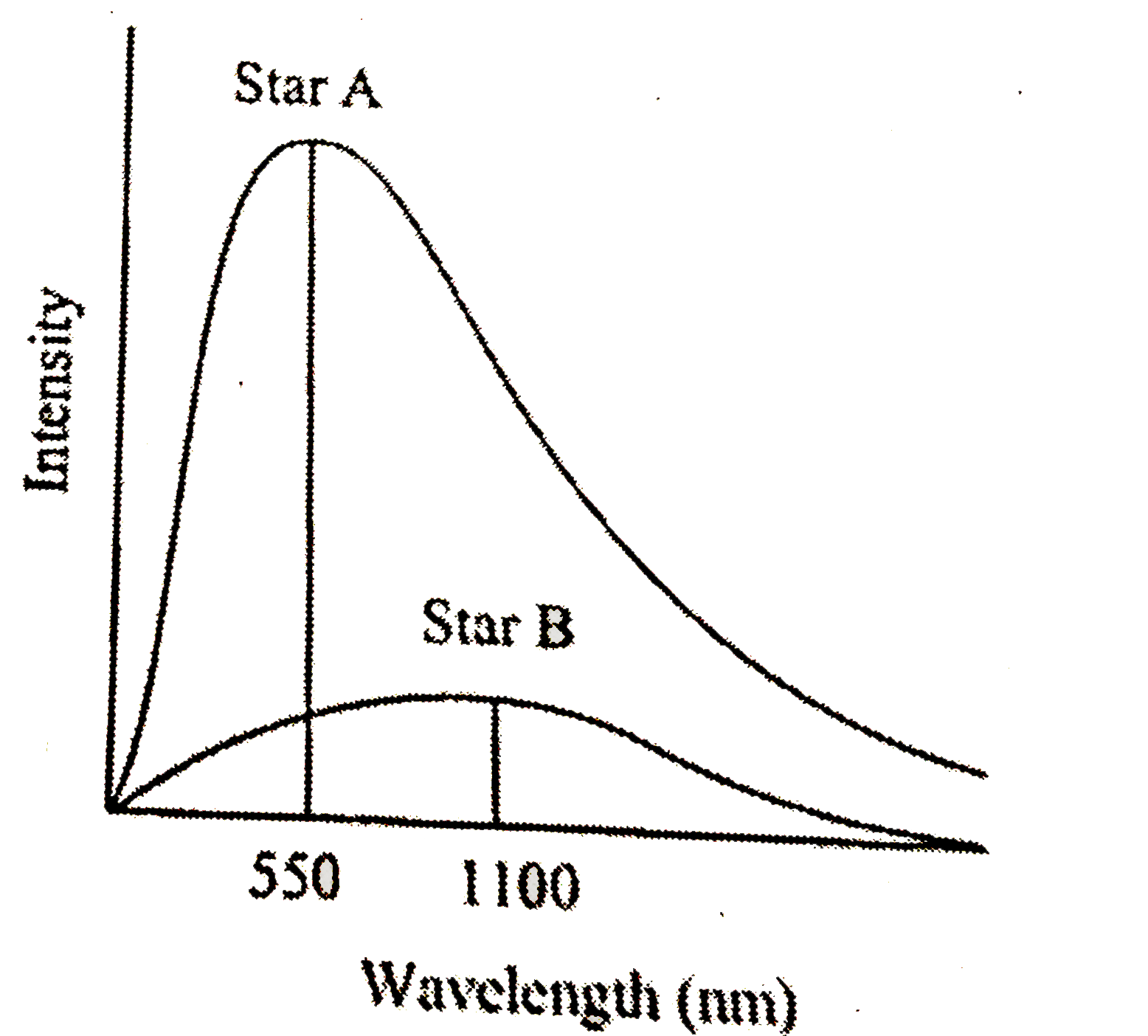Fallings star are
Comets
Asteroids
Meteors
Satellites.
The correct Answer is:C
Step by step video, text & image solution for Fallings star are by Biology experts to help you in doubts & scoring excellent marks in Class 12 exams.
Updated on:21/07/2023Topper's Solved these Questions
- HUMAN EVOLUTIONBOOK - DINESH PUBLICATIONCHAPTER - HUMAN EVOLUTIONEXERCISE - Check Your Grasp
10 Videos
- GROWTH, REPAIR, REGENERATION AND AGEINGBOOK - DINESH PUBLICATIONCHAPTER - GROWTH, REPAIR, REGENERATION AND AGEINGEXERCISE - Brain Teasers-VI[B]
6 Videos
- HUMAN HEALTH AND DISEASEBOOK - DINESH PUBLICATIONCHAPTER - HUMAN HEALTH AND DISEASEEXERCISE - CHECK YOUR GRASP
13 Videos
Similar Questions
Knowledge Check
Number of 'falling stars' per day is
A1,000−2,000B10,000−50,000C50,000−500,000D0.5−1.0 millions.An isolated triple star systerm consists of two identical stars, each of mass m and f fixed star of mass M. They revolve around the central star in the same circular orbit to radius r. The orbiting stars are always at opposite ends of a diameter of the orbit. The time period of revolution of each star around the fixed is equal to:
 A4πr3/2√G(4M+m)B2πr3/2√GMC2πr3/2√G(M+m)D4πr3/2√G(M+m)
A4πr3/2√G(4M+m)B2πr3/2√GMC2πr3/2√G(M+m)D4πr3/2√G(M+m)Sea stars are
AFree living and predaceousBParasites on chordatesCCommensals with coelenteratesDTubicolous
There are hundreds of ......in space. (millions of stars, million's stars)
View SolutionStatements: Some stars are birds.
No birds are elephants.
Conclusions: I Some stars are not elephants.
II All stars are elephants.
III Some elephants are not stars.
IV. All elephants are stars.
View SolutionThe spectra of radiation emitted by two distant stars are shown below The ratio of the surface temperature of star A to that of star B,TA:TB is approximately
 .
.
View SolutionThe spectra of radiation emitted by two distant stars are shown below.

The ratio of the surface temperature of star A to that of star B, TA:TB, is approximately-
View SolutionDistance of stars are measured in :
View Solution
